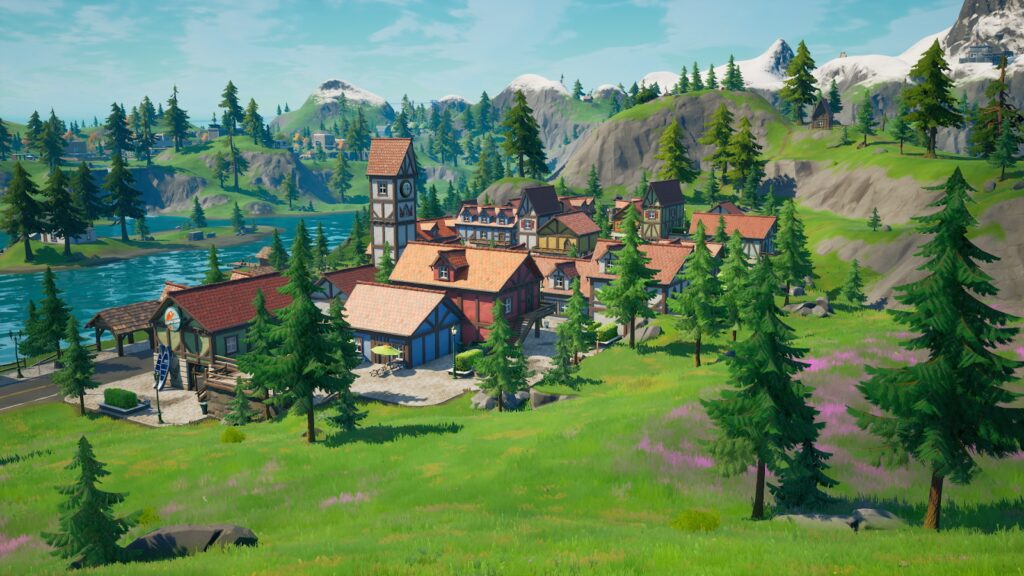Simulation games are increasingly popular, allowing players to control and create their virtual worlds, from cities to businesses. The creation process involves several steps such as concept creation, game design, development, art and audio, testing, and quality assurance, release and marketing, and ongoing maintenance. The concept should be meaningful, showcasing creativity while feasible for development. Designing the mechanics, objectives, and rules is followed by developing, coding, and creating the virtual world. The final step involves promotional activities before releasing the game to the public. ongoing maintenance is required to keep the game functional and engaging. Understanding the game development process can help in the deeper appreciation of simulation games.
Building Virtual Worlds: A Look at the Creation Process of Simulation Games
Introduction
Simulation games have become increasingly popular in recent years. These games allow players to create and control virtual worlds, from building cities to managing theme parks to running businesses. But have you ever wondered how these games are made? In this article, we will take a closer look at the creation process of simulation games, from concept to final product.
Concept
The first step in creating a simulation game is coming up with a concept. This can involve brainstorming ideas with a team, researching popular trends in gaming, and identifying a target audience. The concept should be unique and engaging, while also being feasible for development.
Design
Once the concept is established, the design phase begins. This involves creating a plan for the game, including the mechanics, rules, and objectives. The design team will often create mock-ups and prototypes to test the gameplay and make adjustments as needed.
Development
With the design in place, the development phase can begin. This involves coding the game and creating the virtual world. The development team will often work closely with the design team to ensure that the game functions properly and meets the established objectives.
Art and Audio
In addition to the technical aspects of game development, simulation games also require attention to the art and audio elements. The art team is responsible for creating the graphics and visual effects that will bring the virtual world to life. The audio team is responsible for creating the music and sound effects that will enhance the gameplay experience.
Testing and Quality Assurance
Once the game is developed, it must go through rigorous testing and quality assurance to ensure that it functions properly. Testers will play the game and identify any bugs or glitches, while the quality assurance team will ensure that the game meets the established standards and objectives.
Release and Marketing
Once the game has passed testing and quality assurance, it can be released to the public. The marketing team will create promotional materials and campaigns to generate interest in the game and reach the target audience. The release and marketing phase is crucial for a game’s success, as it can determine its popularity and sales.
Updates and Maintenance
After release, the development team will continue to monitor and update the game as needed. This can involve fixing bugs, adding new content, and improving the gameplay experience. Ongoing maintenance is important for keeping the game functional and engaging for players.
Conclusion
Creating a simulation game involves a complex and multifaceted process. From concept to release, every aspect of game development must be carefully considered and executed to create a successful and engaging virtual world. As players, we may take for granted the work that goes into creating our favorite simulation games, but understanding the behind-the-scenes process can give us a deeper appreciation for the art and science of game development.
